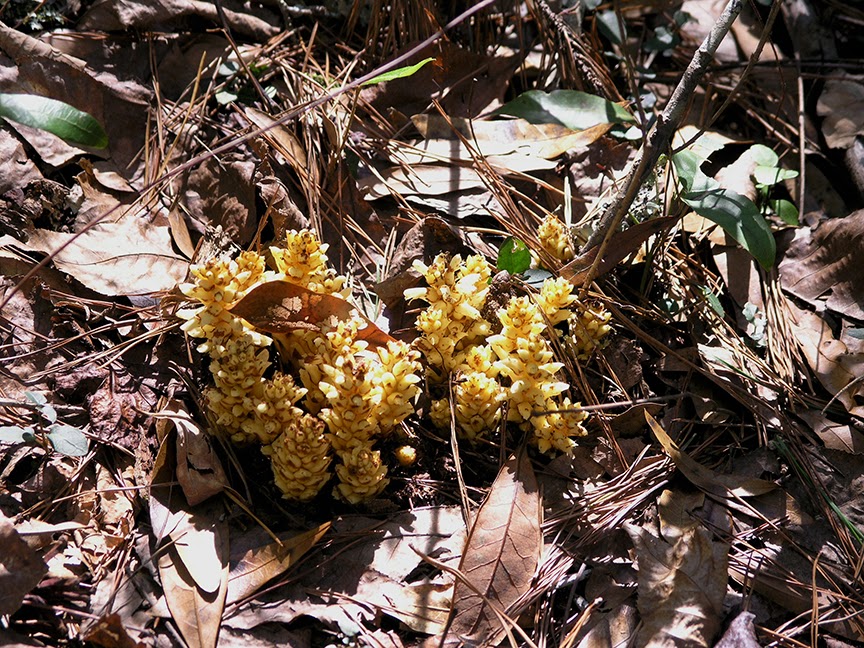 |
| St. Marks River salt marsh. |
Our bird photographer companions on board the Alligator had told us about the
St. Marks River Wildlife Refuge nearby, and that a festival was taking place there the next day. The following morning we left the lodge around ten and by the time we arrived at the festival site, many cars were parked alongside the road, we walked about a quarter mile to the site.
I had expected the festival to be of a commercial nature, with lots of vendors hawking arts, crafts, and gizmos, and was pleasantly surprised that most of the booths were informational, with only a few commercial ones. I wish I'd taken photos of some of the exhibits, particularly a wood carver's stand which had some wonderfully whimsical hand-made toys on display, and the elderly gentleman who had created the toys sharpened Herb's pocket knife so expertly for free! But alas, I had left my camera in the car. There was a fisherman teaching children how to cast, an Audubon Society booth, and the local native plant society, whose congenial folks told me about the
Florida Wildlife Corridor that state conservationists have been working to establish.
 |
| Warning sign |
After an hour or so at the festival site we drove out to see the historic St. Marks Lighthouse. Approaching the coast, hardwood forest and stands of slash and long leaf pine give way to expanses of salt marshes crisscrossed with streams. It was getting warmer by the minute, and we quickly shed our jackets. I wished we'd gotten here earlier or later, as the high noon light makes things look too flat and contrasty, but the views are spectacular in any case.
 |
| St. Marks Lighthouse |
A group of Civil War reennactors had a camp set up at the base of the lighthouse. The lighthouse played a role in the Battle of Natural Bridge in 1865, reputedly the last southern victory in the war.
 |
| Civil War reennactors |
Built in 1830, the
St. Marks Lighthouse has not been occupied since 1960, when the beacon became automated. In 2000 the Coast Guard stabilized the structure but transfer to the U.S. Fish & Wildlife Service did not take place until 2013. The old fresnel lens was taken down for hand-cleaning and the old refurbished lantern is now on display inside, along with some artifacts.
 |
| The captain in the tower. |
The stairs going up to the tower were off-limits--too bad, it would have been wonderful to see the view from the top.
One of the reennactors, dressed as a captain, posed for us tourists at the entrance of the tower stairs. The lighthouse keeper's quarters beyond consisted of two rooms, containing a few exhibits. The artifacts on display bespoke of the isolated life the keepers of the lighthouse and their families must have led, even into recent times.
Outdoors again, we drove out towards one of the nearby salt ponds overlooking the lighthouse, where I could work on a small watercolor sketch. The afternoon sun was merciless, and there was no shade there to protect us from it, so we stayed in our car with all the windows open to keep the heat at bay, and shed even more layers of clothing while I painted as fast as I could.
 |
| St Mark River Lighthouse |
After my sketch was finished we drove back through the refuge towards Wakulla Springs Lodge for our last night there. After dinner we went out in the gardens for a last look--the starry sky dazzled, and in the night's frosty air it it didn't take much imagination, one could almost see the Creature from the Black Lagoon creeping along the foggy shore...
This last photo was taken the following morning, as the mist was lifting, just before our departure. I hope we will have a chance to visit beautiful Wakulla Springs another time soon.
For more photos of the St. Marks area see my Flickr album
here.





















































